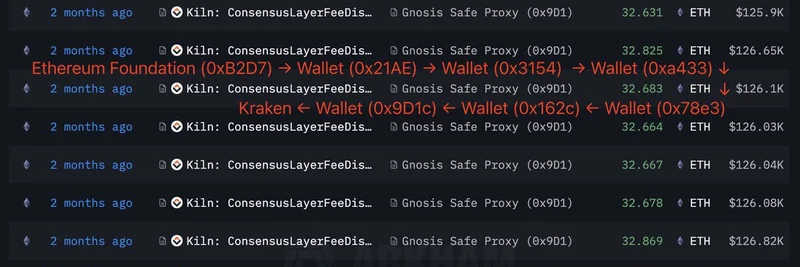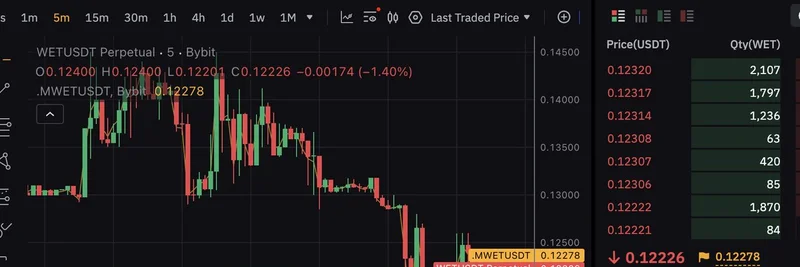TL;DR
- BORIS is a community-driven meme token on Solana with a playful “degen bear” narrative.
- Canonical address: BdN2AF7h555TiTpxASirVBhG21dwcr5VNCcnW2BJbdG6 — always verify this before trading.
- Supply is reported around ~998.55M–999.01M; holder counts vary widely by source (from double digits to low hundreds).
- Market data is inconsistent across trackers; some report halted trading while others show recent activity.
- If you decide to trade, use reputable Solana DEX front ends and explorers, and consider tools that flag risky token mechanics.
- This is a high-volatility, high-risk asset with no clear utility; proceed with extreme caution.
What is BORIS?
BORIS is a meme token launched on the Solana blockchain. The project leans heavily into vibes and virality, describing itself as “a degen bear with a Russian soul” and “a king of wild dance” — classic meme-coin copy that signals culture-first, utility-later (or never).
That doesn’t make it illegitimate, but it does mean sentiment, community momentum, and market microstructure drive most of the action.
Token and Market Snapshot
Key on-chain identifier:
- Token address: BdN2AF7h555TiTpxASirVBhG21dwcr5VNCcnW2BJbdG6
What multiple sources have shown through mid-August 2025:
- Supply: ~998.55M–999.01M tokens reported as total and circulating.
- Holders: Extremely low on some trackers (e.g., ~15) and higher on others (e.g., ~190). Low holder counts can mean heavy concentration.
- Market cap: Ranges from a few thousand dollars to six figures depending on the data source and assumptions used.
- Volume: Highly uneven. Some platforms show near-zero activity; others reported spikes up to the low millions during peak days.
- Price swings: All-time high cited around ~$0.0003547 and all-time low near ~$0.000000213, with wide intraday fluctuations typical of low-liquidity meme tokens.
Why so much variance?
- Different pools, different data: Solana DEX liquidity is fragmented across pools. Trackers may be pulling from different sources or time windows.
- Token-name collisions: Beware similarly named assets (e.g., “Dog Boris”) that are different contracts entirely.
- Sparse liquidity: Thin books make price prints noisy and easy to skew with small orders.
Where to Trade and Track BORIS
If you choose to engage, double-check the contract address every time. Useful starting points:
- Trading/front ends:
- Raydium
- Phantom Wallet (in-wallet DEX aggregation)
- PumpSwap interfaces
- Bitget Wallet
- GMGN.ai — BORIS page for discovery, analytics, and execution
- Explorers and data:
Important caveats:
- Coinbase states BORIS is not tradable on Coinbase.
- CoinGecko has, at times, flagged that trading had stopped on the exchanges it lists, even while other dashboards showed activity. Treat such discrepancies as a red flag to investigate before trading.
Risk Factors to Consider First
- High volatility: Prices can move multiple percentage points in seconds; slippage can be severe.
- Unverified token: Several platforms flag BORIS as unverified and recommend interacting only with tokens you trust.
- Security info gaps: Some trackers show “security details not found.” Without clear ownership, mint/freeze authority status, and tax/blacklist parameters, you’re flying blind.
- Concentration risk: Very low holder counts often imply whales can move the market or exit abruptly.
- Liquidity traps: Pools can be shallow or pulled. A chart print doesn’t guarantee executable liquidity.
- Data conflicts: Mixed signals (halted trading vs. active pools) increase the odds of stale or incomplete data guiding decisions.
A Quick Due Diligence Checklist
Use this as a starting point before risking capital:
- Verify the contract: Cross-check the address on Solscan and any trading UI you use.
- Check authorities: On Solscan, review mint and freeze authority. Renounced or assigned to a burn can reduce some risks, but not all.
- Inspect top holders and LP: Look for whale concentration and whether liquidity is locked or controlled by a single wallet.
- Look for taxes/blacklists: Use tools like Coinscan or Birdeye to detect honeypots, transfer limits, or high taxes.
- Validate active pools: Confirm there’s real liquidity and recent fills on Raydium or aggregators like GeckoTerminal.
- Start small: Test with a tiny trade, confirm you can both buy and sell, and note the effective slippage.
- Wallet hygiene: Use a fresh wallet, set strict permissions, and never approve infinite token allowances casually.
For Builders and Practitioners: What BORIS Illustrates
- Fragmented liquidity on Solana can create wildly different price and volume prints across dashboards.
- Token-name collisions confuse discovery—address-level verification is essential.
- Meme-coin microstructure is dominated by a few pools, bots, and time-of-day liquidity cycles; analytics that surface wallet flow and pool health are critical for both traders and tooling developers.
- Clear, on-chain safety signals (renounced authorities, locked LP) meaningfully influence trader confidence.
Bottom Line
BORIS is a pure meme play on Solana. It may pump on narrative and community, but it lacks clear utility, shows inconsistent market data across trackers, and carries outsized liquidity and concentration risks. If you participate, treat it as a speculative punt: verify the address, triple-check liquidity, manage slippage, and only risk what you can afford to lose.



